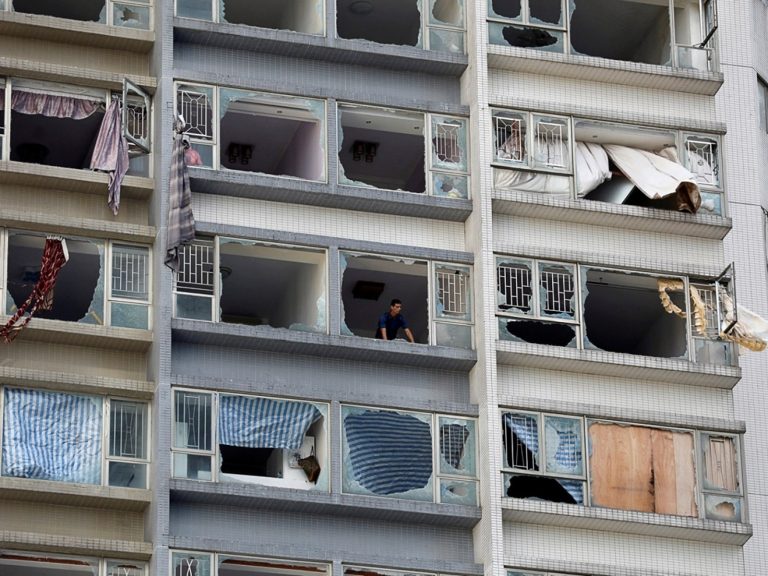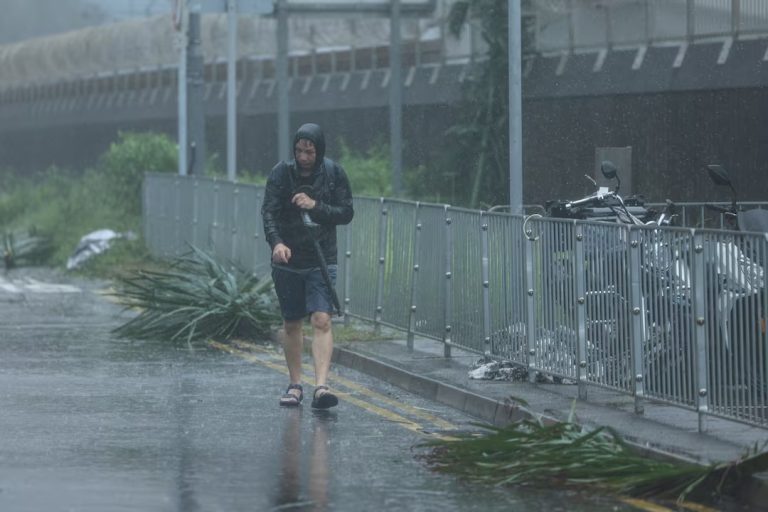Introduction: Understanding the Impact of Typhoon Wipha on Travel in Hong Kong
Typhoon Wipha recently hit Hong Kong, causing major problems for travelers. This powerful storm led to the city’s first No. 10 typhoon signal in 2025. Heavy rain, strong winds, and flooding stopped many flights at Hong Kong International Airport. Thousands of people were stuck, unable to travel as planned. This shows why it’s so important to know what your travel insurance covers when bad weather like this happens.
Understanding Your Travel Insurance Policy: What’s Covered for Weather-Related Disruptions
Most travel insurance plans help when trips are canceled, interrupted, or delayed because of natural disasters like typhoons. They can pay you back for things like unused plane tickets, extra hotel stays, or meals you had to buy while waiting. But not all policies are the same. You need to read yours carefully to see what it says about weather problems. Some plans might have limits or special rules for these events. Make sure you understand what you’re covered for before you need to make a claim.

Step 1: Contact Your Airline for Flight Status Updates and Rebooking Options
Before you ask for money from your insurance, call or check with your airline. Find out if your flight is canceled or delayed because of Typhoon Wipha. Many airlines will let you change your flight for free or book a new one during bad weather. Ask them for help and write down everything they tell you. Keep a record of who you talked to and when. This information will be important if you need to file a claim with your insurance.

Step 2: Gather Necessary Documents for Your Insurance Claim
To get money from your travel insurance, you need proof of what happened. Collect papers like your flight tickets, emails or messages from the airline about the cancellation or delay, and receipts for extra costs like food or a hotel. Also, have a copy of your insurance policy ready. Keep all these papers organized in one place. This will make it easier to send everything to your insurance company and help your claim go through faster.

Step 3: Submitting Your Travel Insurance Claim
When you have all your documents, it’s time to file your claim. First, get the claim form from your insurance company’s website or by calling them. Fill it out carefully with all the details about your trip and the disruption. Attach your proof, like tickets and receipts. Some companies might ask for more information, so be ready to answer their questions. After you send it, check on your claim to see if it’s being processed. Avoid mistakes like forgetting to sign the form or missing deadlines, as these can slow things down or get your claim denied.

Step 4: Follow Up and Escalation If Necessary
After you send your claim, don’t just wait. Check in with your insurance company to see how things are going. If it’s taking too long or they say no to your claim, ask why. Keep a record of every call or email you send them. If you’re not happy with their answer, find out how to take your case to a higher level in the company. Most insurers have a way to appeal or complain. Stay polite but firm to get the help you need.

Additional Tips for Ensuring a Smooth Insurance Claims Process
There are extra things you can do to make your claim go smoothly. Keep a list of every expense you had because of the delay or cancellation. Don’t buy things you don’t need, as insurance might not cover them. Check if there’s a time limit to file your claim—some policies say you must do it within a few weeks. Also, read the small print in your policy so you know exactly what’s covered. These steps can save you time and trouble.
Preparation for Future Trips: How to Choose the Right Travel Insurance
Going through a flight problem because of a typhoon can teach you a lot. Next time, pick travel insurance that protects you better. Look for plans that cover natural disasters, trip cancellations, and delays. Compare different companies to see which offers the best deal for your needs. Make sure the policy is clear about weather events like typhoons. Choosing the right insurance now can save you stress on future trips.
Conclusion: Navigating the Claims Process with Confidence
Filing a travel insurance claim for flight issues caused by Typhoon Wipha in Hong Kong takes some work, but you can do it. Know your policy, collect the right papers, and follow the steps we’ve shared. This will help you get through the process without too much hassle. Remember to stay on top of things and protect your travel plans by having good insurance. You’ve got this!












